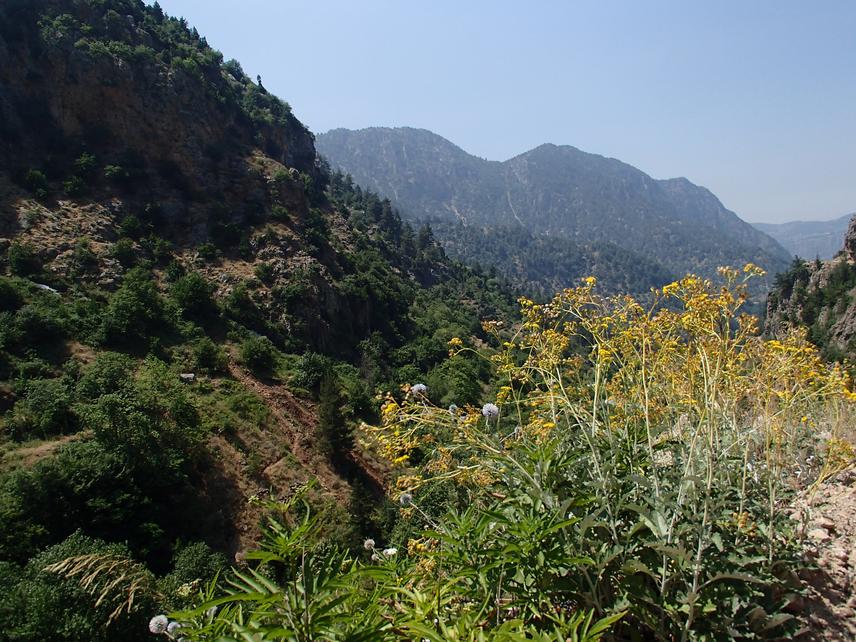Hicham El Zein
• Determining the floral diversity and endemism rate of the Valleys of Hell (Wadi Jahannam) by carrying out extensive fieldwork with focus on several endemic species, especially the range restricted Jacobaea mouterdei. The vascular vegetation will be sampled in different habitat types and altitude using a method of quadrate.
• Addressing the gap of knowledge on the local flora and publishing the collected dataset online.
• Assessing the vulnerability of understudied endemic species using the guidelines of IUCN Red List.
• Writing a proposal for a management plan describing the conservation value of the Valleys of Hell to advocate the creation of a protected area in the future.

After several years of exploration in the Valleys of Hell (Wadi Jahannam, Akkar and Danniye districts, North Lebanon), it has become obvious that biological surveys had to be carried out to scientifically and accurately evaluate its conservation value of this understudied area. The area is among the richest and the most well preserved in Lebanon. However, the important biodiversity is not officially recognised and so far no conservation actions were ever implemented there while human activities and their destructive impacts have been recently greatly affecting the valleys and their natural habitats. Addressing the gap of knowledge about the flora of this isolated region is a prerequisite to any conservation actions. The project was first written in 2018 and the proposal was applied to different funds supporting the conservation of nature. The Mohammad Ben Zayed Species Conservation Fund funded the first part of the project in 2018 (https://www.speciesconservation.org/case-studies-projects/mouterdes-ragwort/19099), then the GBIF allowed the online publication of the first dataset (https://www.gbif.org/project/4UriCZlJbLkKDnLqOefGhE/mobilizing-plant-species-occurrences-and-sampling-event-data-from-northern-lebanon).
The entirety of the Valley of Hells could not be totally explored in one season and today the Rufford Foundation is supporting us to carry on the exploration of the remaining areas. This is the continuation of the project that will hopefully trigger further initiative for the conservation of nature in the Valleys of Hell.
A special attention was given to the plant Jacobaea mouterdei, an understudied species strictly endemic to the Valleys of Hell. Along with the floristic survey of the natural habitats, exploration will also allow to georeference the locations of the individuals of Jacobaea mouterdei. Spatial analysis will be performed with a Geographic Information System (GIS) to map the distribution and to calculate the geographic range of the species. Data about the biology of the species, its natural habitats, population size and specific threats are also essential to properly assess the vulnerability of the species using the guidelines of IUCN Red List and to draw attention on its fragility while facing unplanned human activities.
The ultimate objective of the project is to guide further actions by giving appropriate choices of potential sites for in-situ conservation to ensure the survival of endemic species and the preservation of the unique and patrimonial natural habitats of Mount Lebanon. A proposal for a management plan describing the biological value of the areas important for conservation will serve to advocate and to encourage the implementation of a protected area.